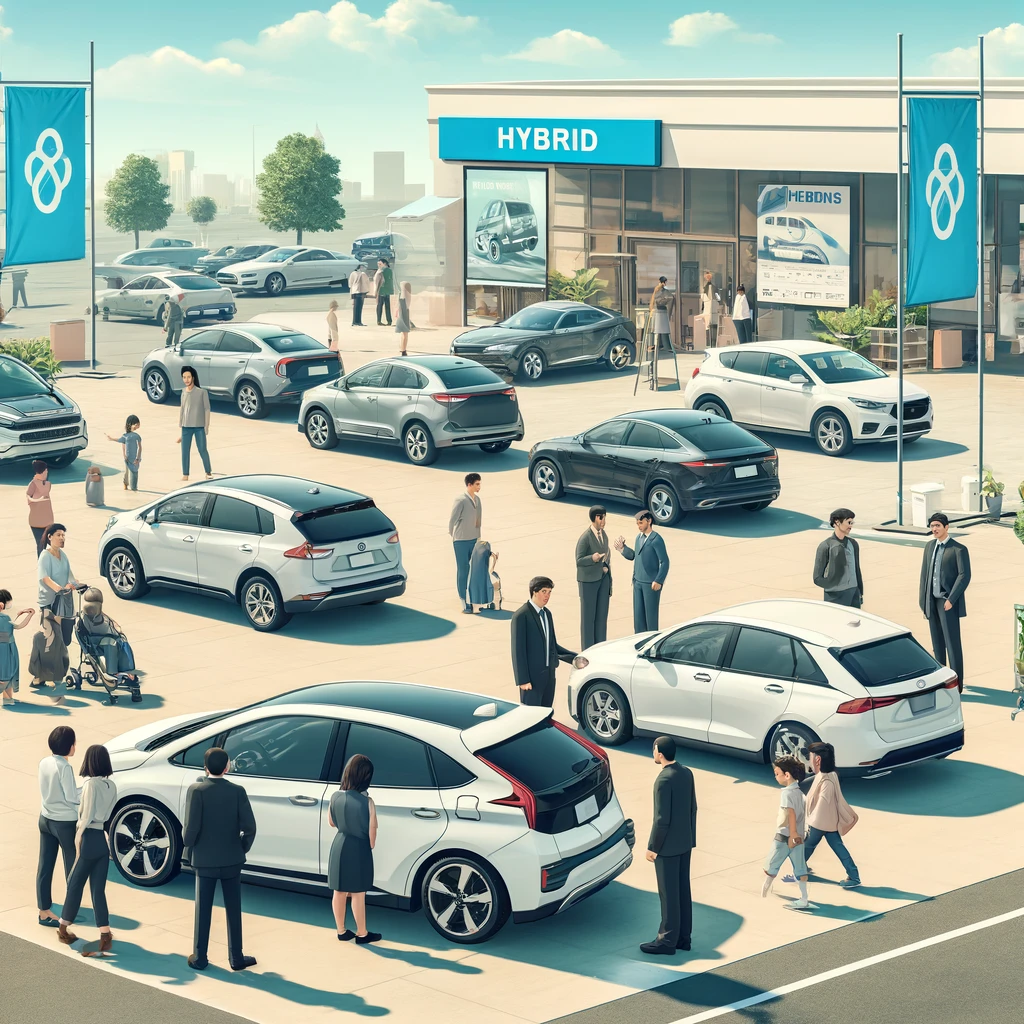
Hybrid vehicle sales are experiencing a notable surge, a trend that is particularly striking against the backdrop of a decelerating demand for electric vehicles (EVs). This shift is not merely a blip in automotive sales statistics; it’s a window into evolving consumer preferences and the multifaceted challenges confronting the EV market.
In recent years, the automotive industry has been under significant pressure to innovate in response to environmental concerns, regulatory mandates, and changing consumer expectations. Electric vehicles, with their promise of zero emissions, emerged as the standard-bearers of this new automotive era. However, the trajectory toward electric mobility is proving to be more nuanced, with hybrid vehicles now gaining a stronger foothold in the market.
Hybrid vehicles, which combine an internal combustion engine with an electric motor, offer a middle ground that seems to resonate with a substantial segment of consumers. This renewed interest in hybrids can be attributed to several factors that highlight the current limitations and challenges of EVs.
One major factor is the issue of range anxiety. Despite advancements in battery technology, the driving range of EVs remains a concern for many potential buyers, especially in regions where charging infrastructure is inadequate. Hybrids, with their ability to switch between fuel and electric power, provide a sense of security and convenience that pure electric vehicles currently struggle to match.
Another consideration is the upfront cost. EVs typically carry a higher price tag compared to their hybrid and conventional counterparts, a disparity that can deter price-sensitive consumers. While the total cost of ownership may be lower for EVs over time, the initial investment is still a significant hurdle for many.
The availability and variety of models also play a role. The hybrid vehicle market offers a broader range of options across different segments, from compact cars to SUVs, catering to a wider array of consumer preferences and needs. In contrast, the EV market, though growing, has been somewhat limited in its diversity, particularly in certain segments.
Moreover, the global supply chain challenges, particularly concerning the availability of critical components like batteries, have also impacted the EV market. These challenges have led to production delays and extended waiting periods for many popular EV models, pushing consumers to consider hybrids as a more readily available alternative.$The shift toward hybrids also reflects broader concerns about the environmental impact of EVs, particularly regarding battery production and disposal. While EVs are undoubtedly cleaner during their operational life, the manufacturing process and end-of-life handling of batteries raise environmental and ethical questions that are increasingly coming to the fore.
The rise in hybrid vehicle sales amidst a slowdown in the EV market underscores a complex interplay of technological, economic, and societal factors. It highlights that the transition to cleaner automotive technologies is not a straightforward march toward electrification but a multifaceted journey with various technologies vying for dominance. As the automotive industry continues to evolve, understanding these shifting dynamics will be crucial for manufacturers, policymakers, and consumers alike, each of whom plays a pivotal role in shaping the future of transportation.